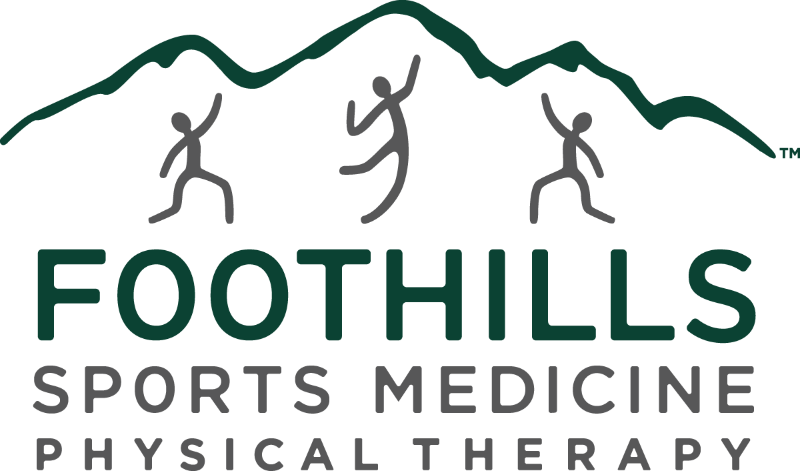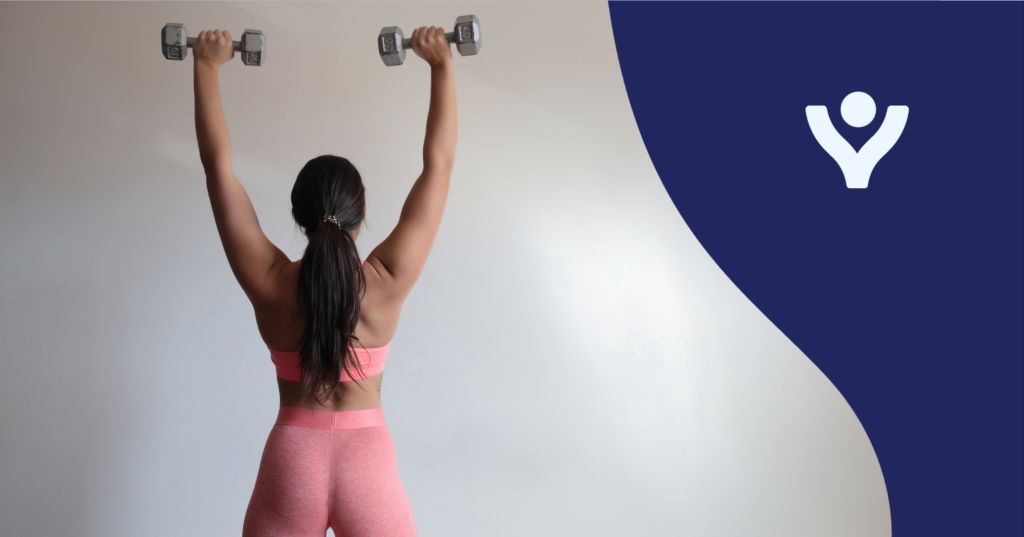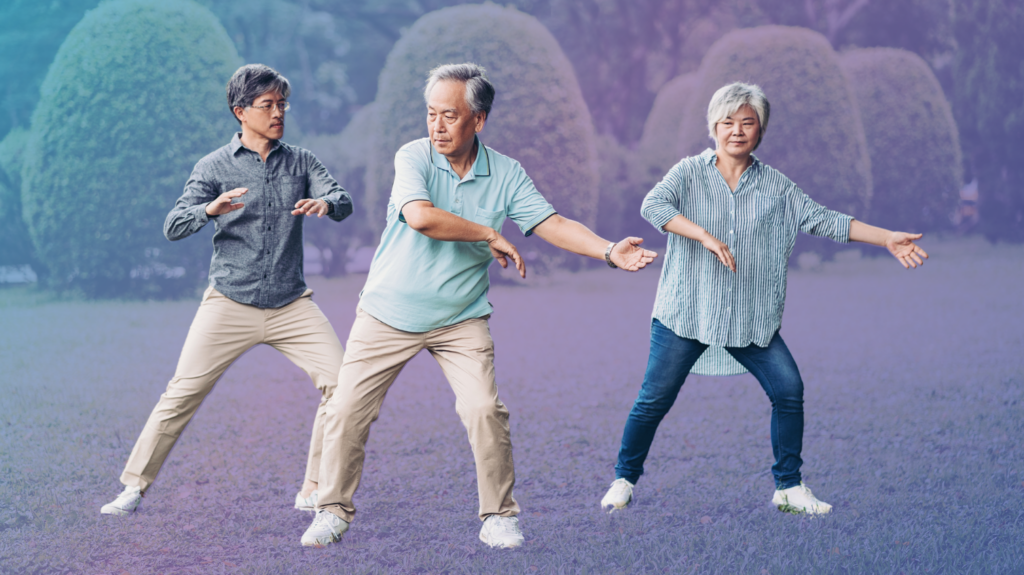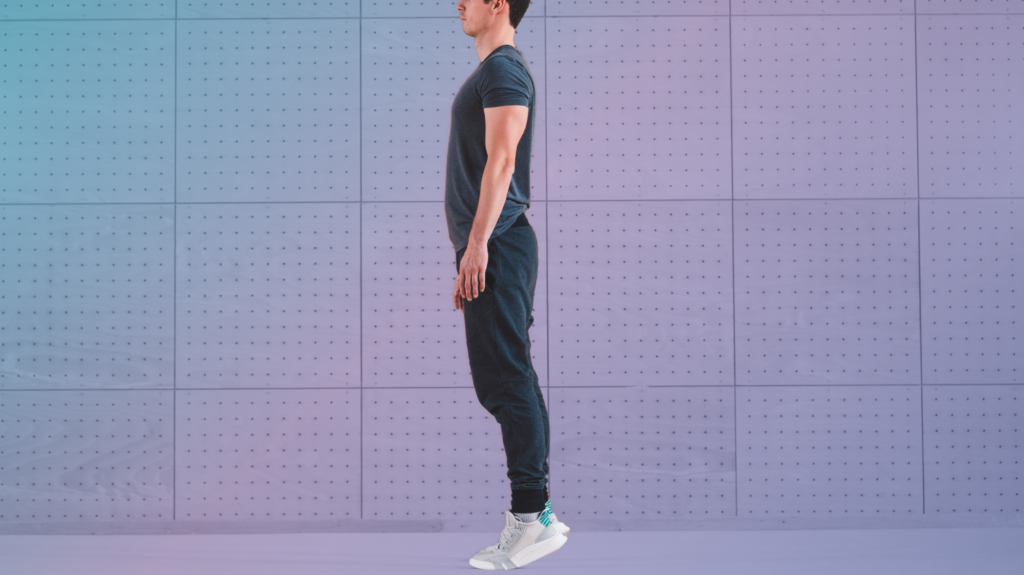As temperatures begin to drop, Phoenix Valley residents head outdoors. We’re lucky to live in a place with so much to do in our own backyard and if we’re looking for something beyond the magical desert — pines, snow-capped mountains, fishing, even the beach — it’s just a few hours away.
A favorite pastime of mine is to get out and enjoy hiking trails on nearby mountains and in local parks. Hiking leads us to amazing scenery and adventures, but it can also take a toll on the body. If you love the outdoors, the last thing you want is to be cooped-up inside because of pain caused by a recent excursion. Our physical therapist office offers a wide range of physical therapy services, including assistance with hiking injuries. Often times, we begin sessions by explaining how you can obtain a hiking injury and how your body is affected, as well as offer tips to reduce the chance of an injury.
Our first tip when being active — especially after a summer of sitting poolside — is listening to your body. There can be some good pain while hiking, which is what makes it a workout, but if there is any pain after stopping, it needs to be addressed. If you think the pain is from anything other than a good workout, monitor it. When our muscles move, there is a natural stress put on our joints, which can have positive or negative effects. In small and manageable amounts, it can help strengthen muscles around the joint, but if pushed too far or too fast, it can be harmful.
Secondly, it is important to understand how the body naturally reacts during a hike and how to stay comfortable. When moving, muscles utilize tendons and ligaments to control motion; muscles do the moving, while ligaments do the stabilizing. Muscles are stretchy tissues, designed to absorb impact by lengthening and shortening — like a rubber band. Tendons connect muscles to bones and are slightly more rigid. Ligaments have much less give than muscles. They are the strong chords of the body — like zip ties. Ligaments assist in holding our joints in place while muscles move them, but if a joint is moved while not controlled by the muscle it stresses the ligaments and can cause serious injuries.
Our third tip is to rest when necessary. Injuries tend to occur when people are fatigued. It is a natural tendency for the body to stop fully controlling a motion and let the muscle put the stress onto ligaments or joints themselves. An example of a muscle staying active is when a knee is bent. The muscles are maintaining the position and taking the stress, hence the burn when you hold a squat. An example of poor positioning is when a knee is locked straight, which is common when standing in one place. This position seems more comfortable for the muscle because it gets to be lazy and the ligaments do the work, but that’s not what either are designed for. Muscles should be the main source for control of any movement to help with long-term stability of a joint.
Foothills Sports Medicine wants to encourage everyone to get out and be active as the weather cools down. Hopefully, these quick tips will help you stay outdoors and enjoy the hiking season. If any pain arises, take some time off. If your pain doesn’t get better, call up any of our clinics to set up a Rapid Recovery Injury Assessment. It is a free physical therapy service that only takes 15 minutes. At the end of your assessment, you’ll get a professional opinion on what is happening and the best course of action to treat it. We have locations across the valley, so no matter where your adventures take you, we are always there with you.
How to Have an Active Arizona Autumn, From Start to Finish




